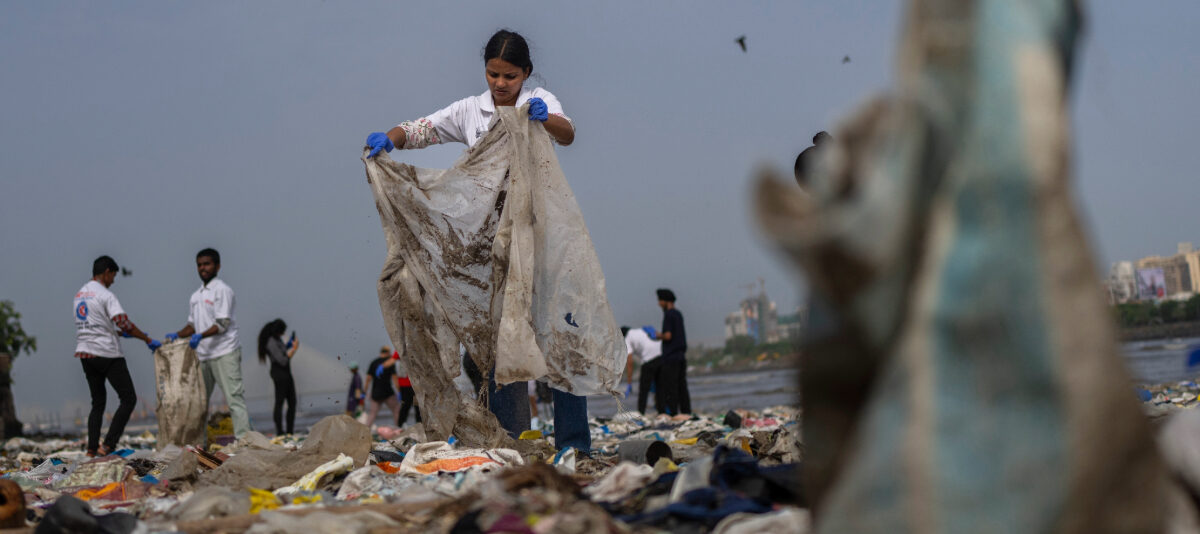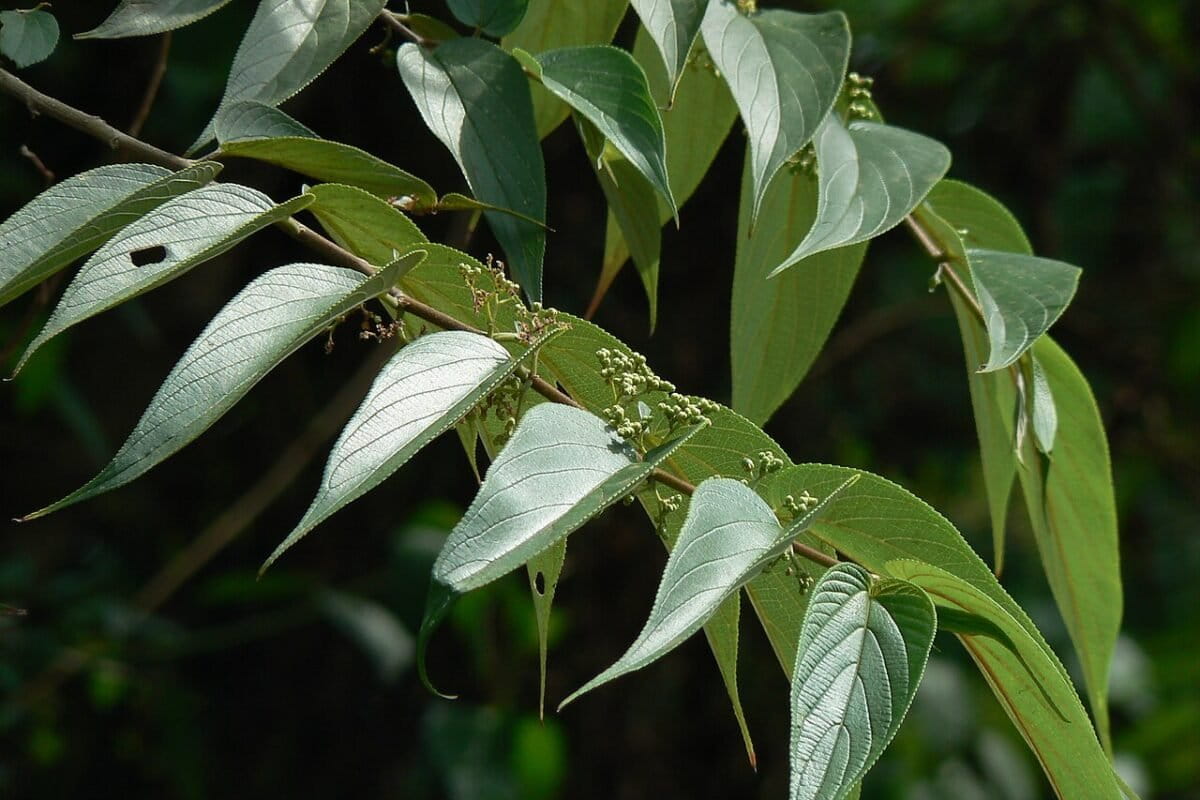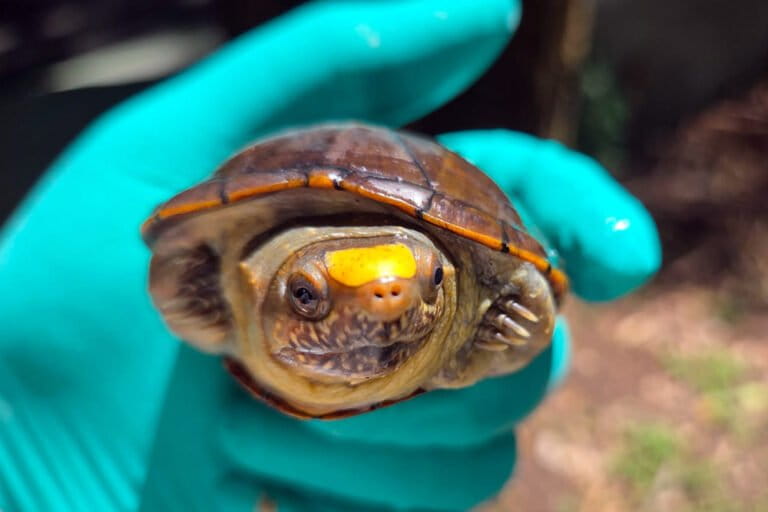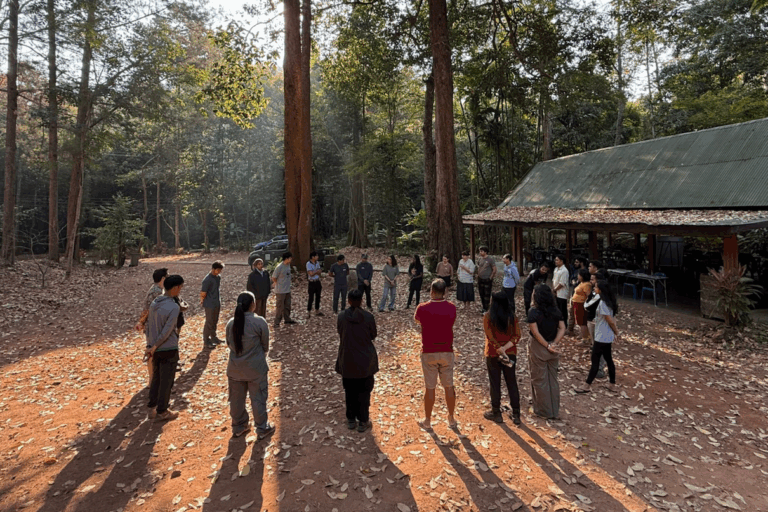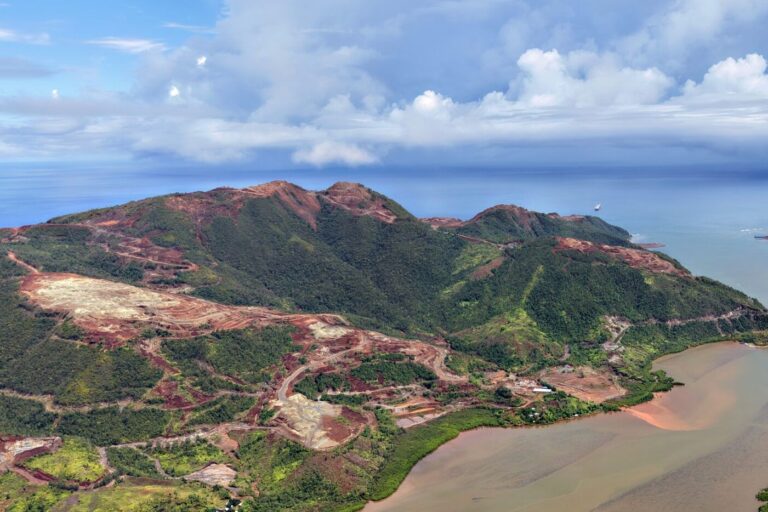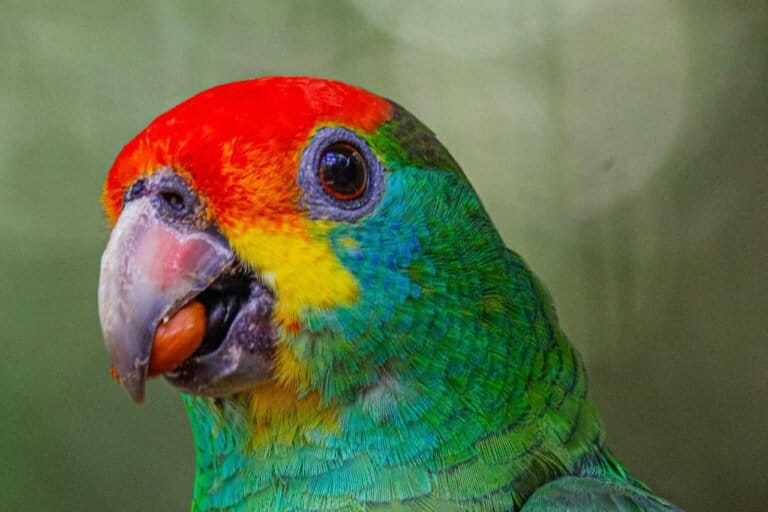- Accelerating Arctic warming threatens to thaw more and more carbon-rich permafrost and release vast amounts of greenhouse gases into the Earth’s atmosphere, but scientists don’t know when such a tipping point event might occur.
- The potential for large and abrupt permafrost emissions adds urgency to better understanding the factors that could turn permafrost from a carbon sink into a carbon source.
- However, more than half of all Arctic permafrost lies under Russian soil, and a two-year freeze on collaborations between Russian scientists and the international scientific community — prompted by the Russian invasion of Ukraine on Feb. 24, 2022 — is disrupting data flows and hamstringing the polar research community.
- Despite an uncertain geopolitical landscape, scientists are determined to close the data gap with work-arounds such as pivoting to “proxy” field sites, ramping up remote sensing with AI, and mining archived data for new insights. But reintegrating Russian research with other Arctic research is a priority of the scientific community.
Warming temperatures in the Arctic are accelerating the thaw of carbon-rich permafrost and threatening to add massive amounts of carbon dioxide and methane to an atmosphere already overheating from the buildup of anthropogenic greenhouse gas emissions.
More than half that permafrost lies beneath remote Russian soil, where scientists have long worked in an international research community that freely shared its field stations, climate sensors and data sets to better understand the rapidly changing polar region’s planetary impacts.
Researchers are especially eager to know when a dangerous tipping point may be reached that would trigger the release of vast amounts of greenhouse gases stored in frozen soils.
But then came the Russian invasion of Ukraine on Feb. 24, 2022, and all that cooperation came to a halt, part of the fallout of Western sanctions on Russia. Since then, international researchers outside Russia have applied creative workarounds in order to continue their research, but problems remain.

A frigid world grudgingly gives up its secrets
Sometimes called the “global freezer,” permafrost is a surface and subterranean mix of soils, rock, sediment, organic matter and ice that stays below 0° Celsius (32° Fahrenheit) for more than two years — though much permafrost has been locked in the Arctic’s frigid grip for centuries.
This mostly hidden terrain is thought to hold an estimated 1,700 billion metric tons* of carbon dioxide and methane, or about one-third of the carbon pool stored in soils worldwide.
With the Arctic currently warming at least twice as fast as the rest of the world, and perhaps nearly four times as fast, scientists want to know how much carbon could be released, under what conditions, how fast, and especially, when.

Earth system models at present are too simplistic to reveal the answers; they account only for surface thawing (less than 3 meters, or 10 feet, deep), and not for many of the variables that could amplify thaw rates.
“The region is changing rapidly and many permafrost dynamics are poorly represented in global models of climate change,” so detailed real world data needs to be gathered, says Guido Grosse, head of the permafrost research section at Germany’s Alfred Wegener Institute (AWI). “That’s something that needs to be done very urgently.”
This pressing need for Arctic-wide data gathering to build more robust climate models, coupled with the freeze on Russian collaboration, has left researchers scrambling to bridge the information gap.

Filling the permafrost data gap
Collaborations for permafrost studies on Russian turf flourished after the Arctic Council was established in 1996, with eight Arctic nations cooperating (Canada, Denmark, Finland, Iceland, Norway, Sweden, the United States and the Russian Federation), along with representation from Arctic Indigenous peoples.
Although Russia held the council chair at the time it invaded Ukraine, the other seven countries “paused” collaborations with Russia. In turn, Russia denounced this exclusion, but presided over a peaceful transition of the Arctic Council leadership to Norway in May 2023.
That pause, which has now dragged on for two years, proved to be “a dramatic shift” for AWI researchers, says Grosse. His institution had a history stretching back to the 1990s of German-Russian expeditions to northern Siberia’s Lena Delta and Samoylov Island. Then, suddenly, international researchers had no access to the Lena research station.
In response, AWI scientists pivoted many projects to sites in northwestern Canada and Alaska. But that left researchers with a vast blind spot in northern Asia.
“[W]e still try to see what is happening in Siberia from far away,” explains Grosse, a geologist who specializes in remote sensing. Using high spatial and temporal resolution satellite images, scientists outside Russia can analyze landscape changes over the entire Arctic at a pixel-by-pixel level, or more coarsely to see, for example, how disturbances like fire (which melts permafrost), or symptoms of permafrost melt (such as lake drainage, coastal collapse, or infrastructure change) play out over long time periods.
Without new data coming from Siberian ground stations, researchers also continue to mine the AWI’s archives, which are full of samples from the Russian tundra, Grosse says.

The AWI is also part of a new project, funded by Google and led by the U.S.-based Woodwell Climate Research Center, that will use artificial intelligence to improve satellite-based imaging of permafrost regions in real time and at high resolution.
But remote-sensing data and archives can’t replace current on-the-ground input. “We need specific measurements, in real time, and it has to happen from people in the ecosystem,” says Ted Schuur, lead at the Permafrost Carbon Network and professor of ecosystem ecology at Northern Arizona University in Flagstaff.
The only way to fully understand what’s going on across a vast region or ecosystem like the Arctic is by partnering with other far-flung sites, says Schuur, making the same measurements at each site over time, and analyzing results across the whole network — ideally with the participation of all researchers, Schuur says. “Now our access to that data, and the ability for those sites to keep operating, is really going downhill rapidly,” he adds.

Russian data flow underrepresented
A recent study found that the Russian Arctic has always been underrepresented by data sets and, by extension, in climate models of change there. And that was even before the war-prompted data freeze began in 2022.
“One of the take-home messages from our paper was that even if we included all the Russian sites, we still had a biased view” and data gap, says Efrén López-Blanco, a scientist at Denmark’s Aarhus University who does much of his fieldwork in Greenland. Whenever there is a large built-in historic bias, he adds, it decreases researchers’ ability to accurately track or describe change. And by extension, it inhibits their capacity to create models that can accurately forecast the future.
Getting more of that vital Russian data was the intent behind a 2022 project to put 10 new flux towers at underrepresented sites. At least three of those towers were headed for Russia, says Sue Natali, senior scientist at the Woodwell Climate Research Center and lead for the Permafrost Pathways project. “We were about to send equipment and sign a contract, and then war broke out,” she recalls.
Instead of filling data gaps in Russia, the towers were shipped to sites in Alaska Canada.

Sending that equipment elsewhere derailed hopes for getting Russian data anytime soon. “If there was a way to send a tower to Russia [now] — even if the scientists [there] weren’t able to send data out” — then they could record data for use later “so we don’t have this huge gap. I would love to make that happen,” says Natali. This stored data could then be collected and analyzed later.
International researchers clearly want to get back to Russian field sites as soon as possible. Many, like Go Iwahana, at the Fairbanks International Arctic Research Center at the University of Alaska, had been traveling to Siberia for decades. Iwahana started his career there at a site in Yakutsk on a project jointly operated by Russia, France, the U.S. and Japan.
“We need to go back,” Iwahana emphasizes. “We need to make sure the machines are working. It’s not like there are spare parts in local stores. And we need new data.”

Hope for peace or at least scientific diplomacy
Although some personal connections remain between individual Russian and international scientists, for now any new Russian data generated cannot officially be shared with Arctic Council collaborators, and that leaves a big gap in the kinds of data that will be available for future scientific papers.
“Without continuous exchange of scientific information we cannot predict anything, we cannot deal with the [Arctic permafrost] issue on a global scale, and we will have lost the way to understand these environmental changes,” Iwahana warns.
It remains unclear in these uncertain geopolitical times when, or if, the permafrost research community will be allowed to return to the Russian field sites — which doesn’t bode well for permafrost science, or for global climate modeling that needs Russian data.
Sarah Kalhok Borque, chair for the Arctic Monitoring and Assessment Program, wrote in an email that researchers will “continue to collaborate and build on existing efforts, including national and international monitoring and research … and community-based monitoring, to obtain all relevant data.”
Despite all the intentions to move forward with research, the possibility of Russian collaboration could be melting away. In response to questions about whether Russia would maintain Arctic Council membership, Kremlin spokesperson Dmitry Peskov said that “if Russia ceases to consider this organization effective, fair and appropriate for membership, then, of course, special decisions can be made,” according to a recent report by TASS, the Russian state news agency. And last week Russia stopped their annual payment to the Arctic Council, according to a Reuters report.
“It feels like it’s all disappearing in my lifetime,” says Schuur, referring to the loss of Arctic collaborative research. But as a solutions-oriented scientist, he still holds out hope that scientific diplomacy will eventually prevail and Arctic-wide research will move forward again.
Banner image: The relatively featureless landscape of the Arctic tundra is underlain by permafrost, a massive storehouse of greenhouse gases that could turbocharge climate change if released into the atmosphere. But accurately tracking the release of those gases requires international scientific collaborations that cross national boundaries — critical research interrupted by Russia’s invasion of Ukraine. Image by NorwegianMarcus via Wikimedia Commons (CC BY-SA 3.0).
* Correction: This story originally reported that the Arctic holds an estimated 1.7 billion metric tons of stored carbon dioxide and methane. The correct figure, which has now been added to the text, is 1,700 billion metric tons, about one-third of the carbon pool stored in soils worldwide.
The new Arctic: Amid record heat, ecosystems morph and wildlife struggle
Citations:
Schuur, E. A., Abbott, B. W., Commane, R., Ernakovich, J., Euskirchen, E., Hugelius, G., … Turetsky, M. (2022). Permafrost and climate change: Carbon cycle feedbacks from the warming Arctic. Annual Review of Environment and Resources, 47(1), 343-371. doi:10.1146/annurev-environ-012220-011847
López-Blanco, E., Topp-Jørgensen, E., Christensen, T. R., Rasch, M., Skov, H., Arndal, M. F., … Schmidt, N. M. (2024). Towards an increasingly biased view on Arctic change. Nature Climate Change, 14, 152-155. doi:10.1038/s41558-023-01903-1
Miner, K. R., Turetsky, M. R., Malina, E., Bartsch, A., Tamminen, J., McGuire, A. D., … Miller, C. E. (2022). Permafrost carbon emissions in a changing Arctic. Nature Reviews Earth & Environment, 3(1), 55-67. doi:10.1038/s43017-021-00230-3
FEEDBACK: Use this form to send a message to the author of this post. If you want to post a public comment, you can do that at the bottom of the page.



